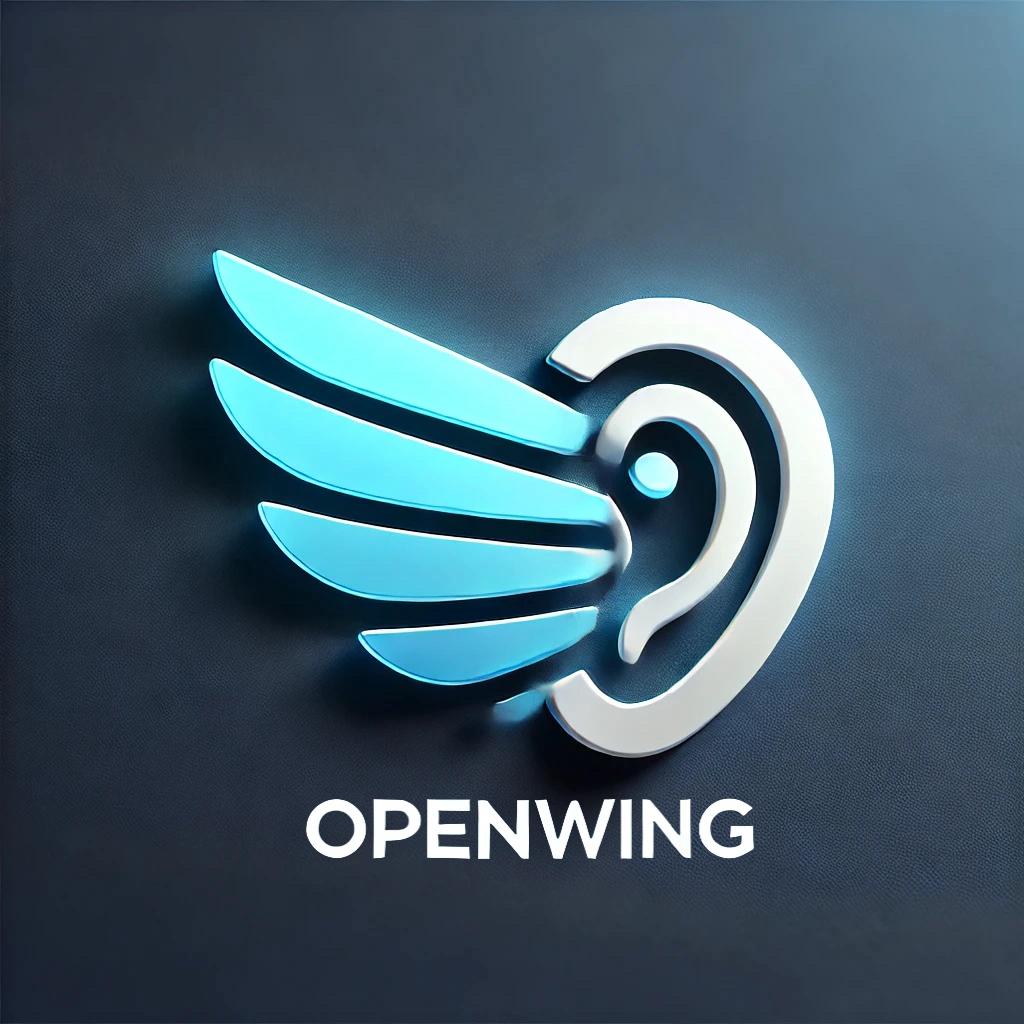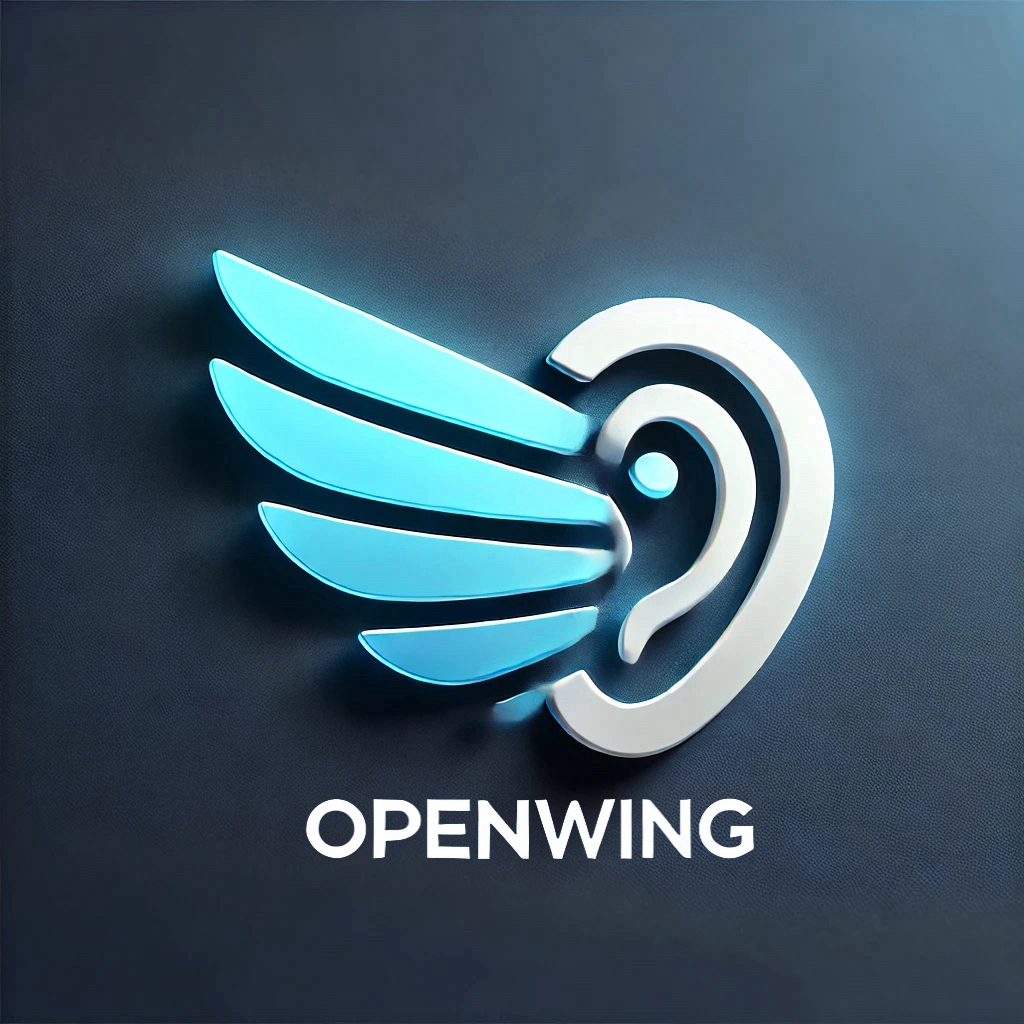Subscribe to Updates
Get the latest creative news from FooBar about art, design and business.
Author: kissdev
For the first time, the device-side model has real-time video understanding capabilities, which has been enthusiastically responded to in the global technology circle!
VCs are increasingly buying shares of late-stage startups on the secondary market as they try to get pieces of the hottest ones — especially AI companies. But they are also increasingly doing so through financial instruments called special purpose vehicles (SVPs). Some of those SPVs are becoming such hot commodities that they are commanding premium prices. While that’s good for the VC selling an SPV, it’s a riskier choice for the buyers. And all of this is another sign that AI startups are brewing a bubble. The secondary market is where existing shareholders, such as startup employees or VCs who…
Startups overall are still facing strong headwinds when it comes to raising venture capital funding. Q2 was only a modest improvement on the low points of the previous two quarters, according to Crunchbase. But there is one category that still seems to be opening doors — and checkbooks: AI. In the U.S., artificial intelligence accounted for nearly 30 deals of over $100 million so far in 2024, making it the global leader at the moment. Europe, however, is not too far behind: Our research shows that as of August, Europe has seen 14 investments valued at $100 million or more…
Particle Tachyon: A Revolutionary Snapdragon-Powered SBC Particle has unveiled Tachyon, a groundbreaking single-board computer (SBC) that brings smartphone-level power to the world of IoT and edge computing[1][2]. This credit card-sized powerhouse is built around a Qualcomm Snapdragon system-on-chip, featuring an octa-core Kryo CPU with cores running at up to 2.7GHz[3]. Key Features Powerful Processing: Octa-core Qualcomm Kryo CPU (1x 2.7GHz, 3x 2.4GHz, 4x 1.9GHz)[3] Advanced Connectivity: Built-in 5G cellular and Wi-Fi 6E capabilities[1] AI Acceleration: 12 TOPS NPU for machine learning workloads[2] Graphics Performance: Adreno 643 GPU[3] Ample Memory: 4GB RAM and 64GB built-in UFS flash storage[2] Versatile I/O: USB-C…
For years, the tech rumor mill hinted at Samsung’s venture into wearable technology, specifically with the concept of a smart ring. With each patent and trademark filing, anticipation grew among tech enthusiasts. This past summer, the long wait came to an end as Samsung unveiled its first smart ring, aptly named the Galaxy Ring. As expected, the Galaxy Ring is a marvel of miniaturization. Unlike the bulkier designs suggested by earlier patents, this sleek device packs a surprising array of features into an impressively compact form. The engineering prowess behind it has left early concepts looking rather rudimentary by comparison.…
Apple’s foray into the smart wearable market might soon witness a significant evolution. Recent revelations from a patent application filed by the Cupertino-based tech giant provide an intriguing glimpse into a potential Apple Smart Ring, a device that could transform how users interact with their array of Apple gadgets and other electronic devices. According to the patent application, uncovered by AppleInsider and recently published by the US Patent Office (USPTO), Apple’s envisioned “Ring Device” extends beyond mere health tracking. The application suggests a multi-functional device capable of controlling a wide spectrum of electronics, including iPhones, iPads, Mac devices, HomePods, Apple…
Artificial Intelligence (AI) has the potential to revolutionize accessibility across a spectrum of technologies, enhancing the lives of people with disabilities in remarkable ways. Despite the public controversy surrounding AI ethics and issues like The New York Times’ lawsuit against OpenAI over ChatGPT’s use of scraped content, the transformative benefits of AI for individuals with diverse abilities often go underreported. Consider a person with visual or motor impairments: navigating the vast landscape of online information is a daunting task that usually involves juggling multiple browser tabs and managing numerous searches. ChatGPT, an AI conversationalist, can streamline this process by collating…
Apple Inc. is gearing up for its hallmark product launch event on September 10th this year, with plans to introduce the newest iPhones, Apple Watches, and AirPods, according to Bloomberg News. This highly anticipated occasion aligns with Apple’s traditional approach to unveiling its latest innovations, setting the stage for another significant moment in the tech world. While Apple has not officially confirmed the date, insiders suggest that the new iPhones will be available for purchase starting September 20th, a timeline that echoes Apple’s previous launch strategies. Despite repeated inquiries, Apple has yet to provide an official comment. This year, the…
In a surprising yet exhilarating announcement, the creative minds behind the critically acclaimed game ‘Blasphemous’ have unveiled their latest venture, ‘The Stone of Madness’. Embracing a distinct departure from their previous endeavors, the developers have released a story trailer that offers a tantalizing glimpse into this uncharted territory of gaming. The trailer introduces viewers to a mysterious and intricate world, steeped in enigma and psychological suspense. Showcasing a rich tapestry of narrative elements, ‘The Stone of Madness’ promises to lead players through a labyrinth of mind-bending challenges and thought-provoking puzzles. The game’s aesthetic is nothing short of captivating, with meticulously…
In the past couple of days, what was supposed to be a grand robot expo ended up being mercilessly mocked as a “Wax Museum.” After scrolling through the videos and photos posted in WRC2024, I couldn’t help but think it looked more like a “Cyber Ghost Story” or a “Uncanny Valley Carnival.” The term “robot” doesn’t necessarily mean it has to resemble a human, but when it comes to sex robots, most people would probably agree that the more human-like, the better—or so they wish. Remember when they said we’d have sex robots by 2024? Yeah, where are they? Seriously,…

